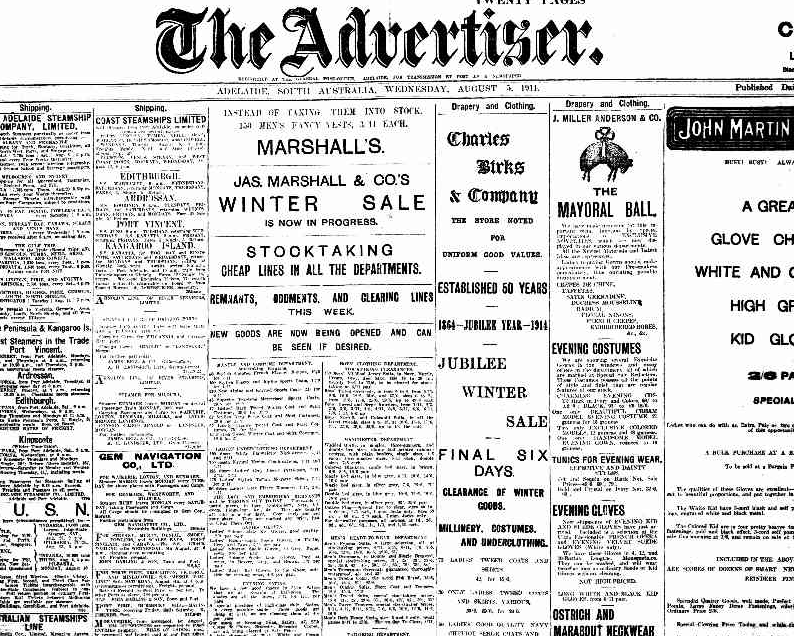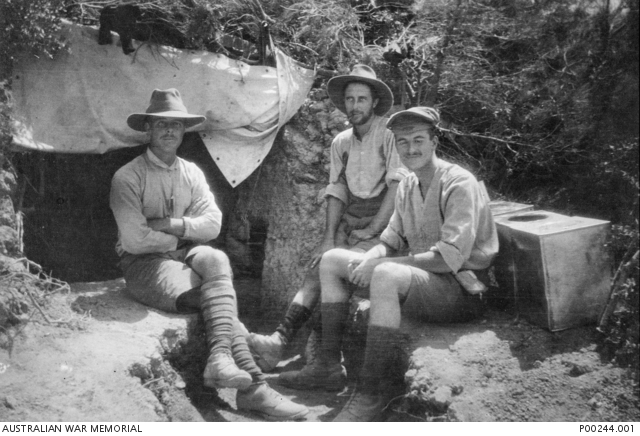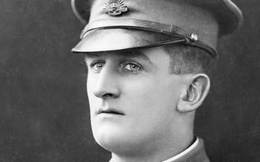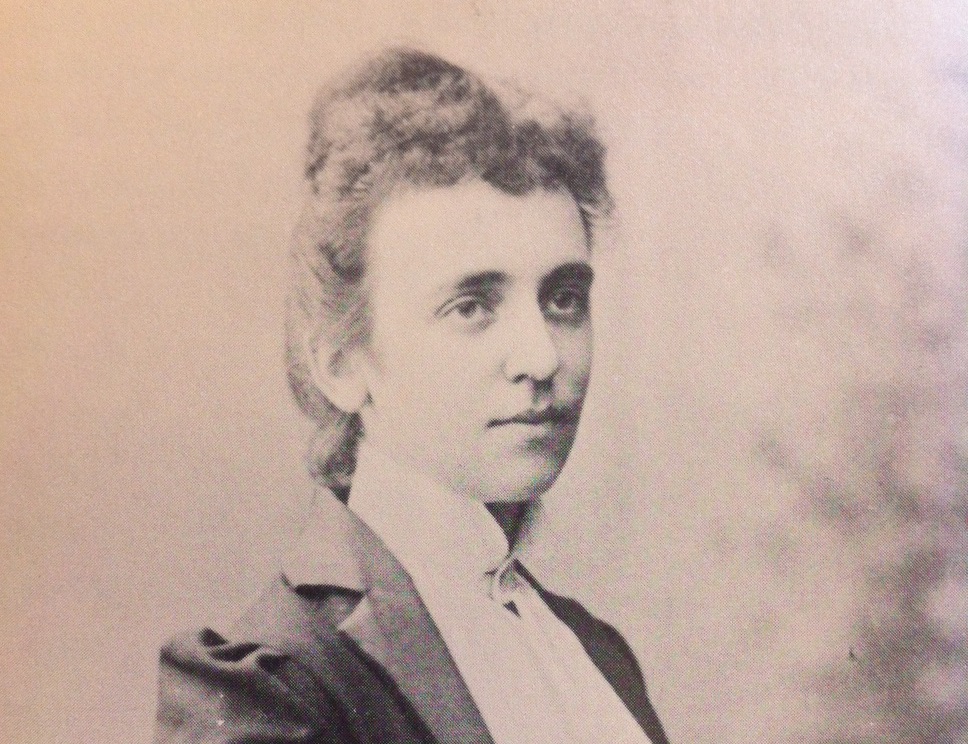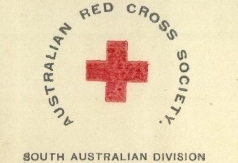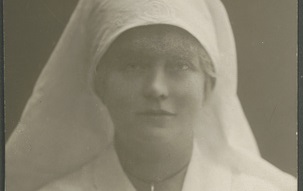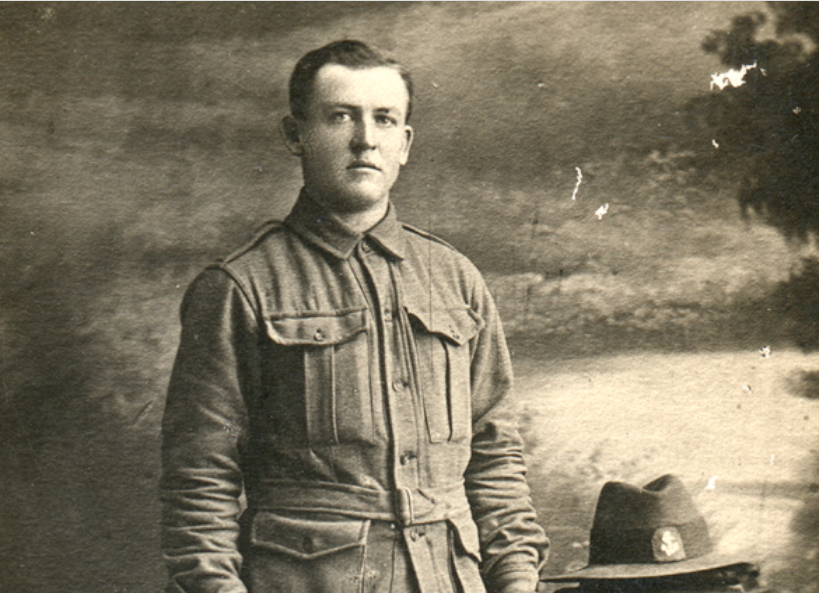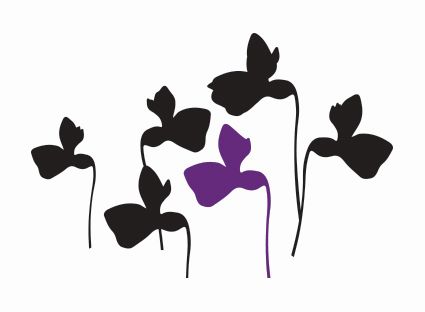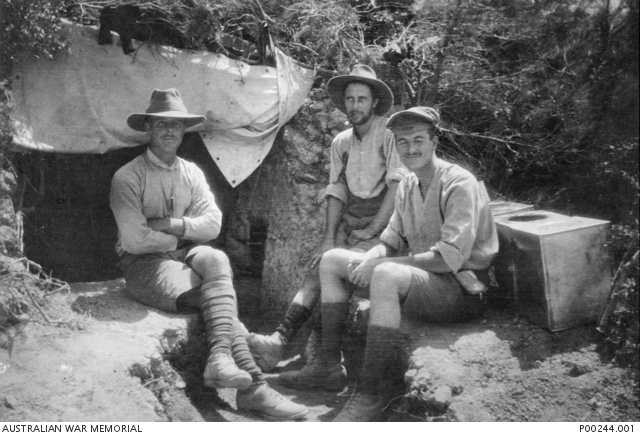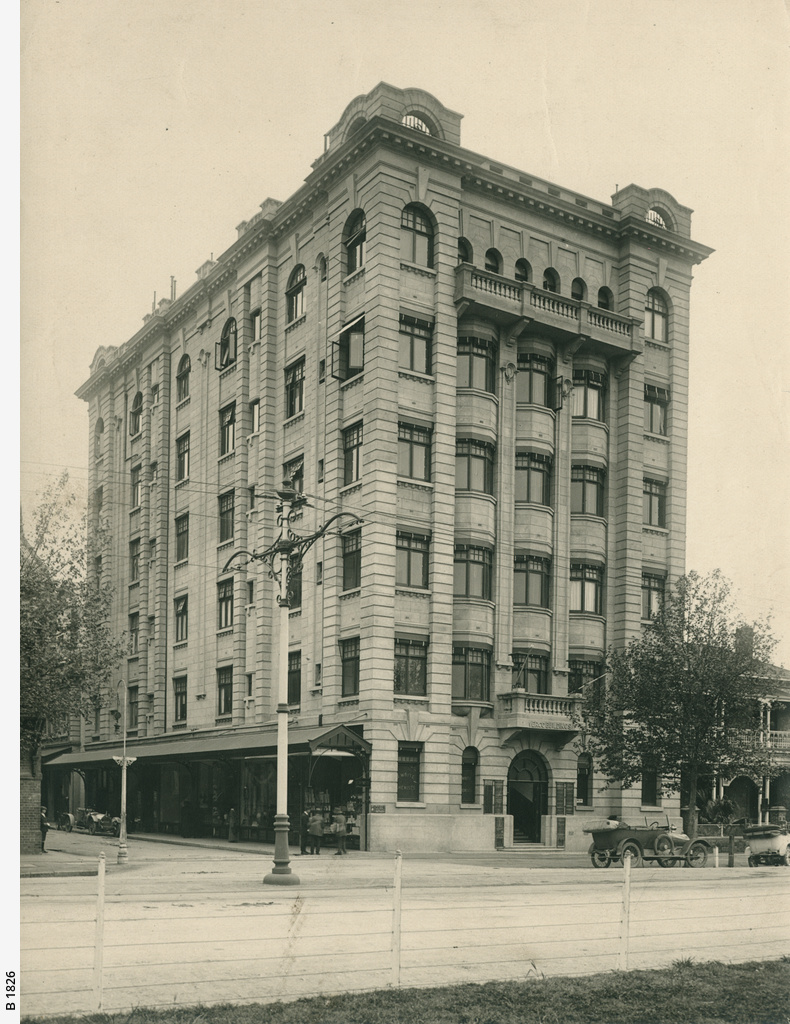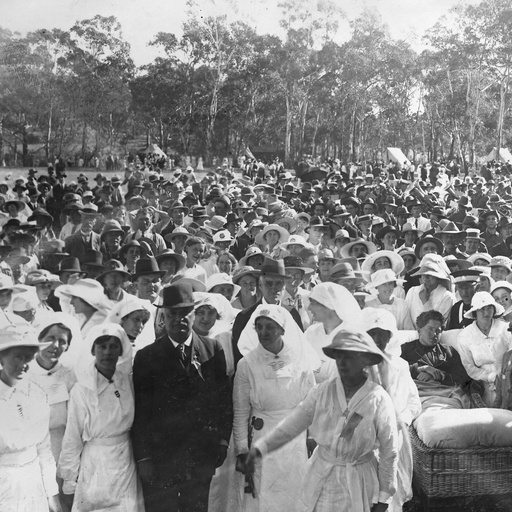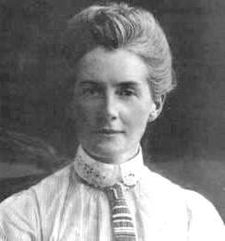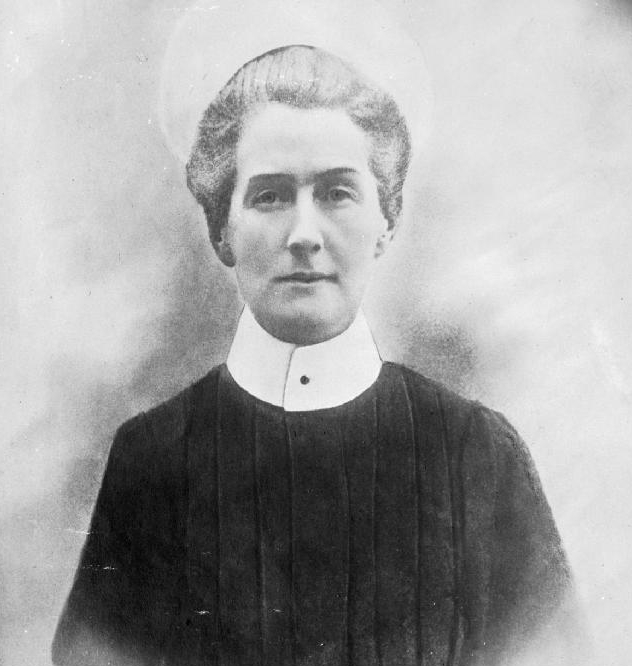

Nurse Edith Cavell, who was executed in Belgium in October 1915 for assisting Allied soldiers to escape from the hospital where she worked. A film about her life was screened in Australia in Feb 1916. Image from the collections of the Imperial War Museum.
Glossary Terms
Topics
People
Terrell, Frederick Leopold, Cooper, Ethel, Avery, Louis Willyama, Seager, Alexandrine, Cavell, Edith
Organisations
Advertiser, 10th Battalion, Cheer-Up Society, South Australian Red Cross Information Bureau, 50th Battalion
February, 1916
In February 1916, the Australians in Egypt were kept busy preparing to defend British interests in the region. It was also when the AIF was 'doubled' meaning new recruits were integrated into the existing structures. Many Gallipoli veterans were separated from their units, as new battalions were formed.
IN EGYPT
James Churchill-Smith’s diary for this time describes a routine of trench-digging, punctuated by social activities and news from home. He is not sentimental in his commentary, but we feel for him, learning of his grandfather’s passing and missing his mother’s birthday. Clearly saddened by his transfer to the new 50th Battalion, away from his men, he found some solace in his promotion to the rank of Lieutenant. Lou Avery, by contrast, was still gravely ill, struggling to walk a few steps. However, he was not considered for repatriation to Australia.
THE RED CROSS INFORMATION BUREAU’S WORK
Last month we noted that the South Australian Red Cross Information Bureau had opened on North Terrace; this month we begin to explore its work through the story of Sergeant Alderson, whose father made enquiries to the office late in the month. It is hard to imagine the anguish and agony that families of soldiers missing in action must have felt – Alderson’s file mentions letters returned with the words ‘wounded’ and ‘killed’, and anecdotal evidence that he had been seen on board a hospital ship, but had not been heard from since. In the coming months, we will add more missing soldiers to our story and follow their families, as they wait for news.
THE WAR EFFORT AT HOME
The papers at home were still filled with news from the War and its impact on civilian life. Early in the month, the Second War Loan closed and it was soon reported that this patriotic effort had raised £21,000,000 – more than double its target. In addition, a now standard array of fundraising activities was reported, including a ladies rowing race for the Cheer-Up Society, the Wattle Day League’s Ambulance Button Day; thanks to the Queen Adelaide Sock Club and acknowledgement of citizens who donated their field glasses to the army.
Recruitment statistics were also reported daily, along with information about the training and deployment of reinforcements. It was clearly a subject of concern that the enlistments were not high enough to meet the commitments that the government had made. Alexandrine Seager’s poem this month is an emotional plea for more recruits. There were also stories about welcome receptions for returned soldiers and discussion about jobs and possible land grants for returning soldiers. Additionally, as a new film began a season in the cinema about the fate of Nurse Edith Cavell, executed in Belgium by the German Army, there was also an article about a new military service decoration for nurses.
Many also thought it was their patriotic duty to maintain the pressure on those of German heritage living in South Australia and the Advertiser contained many stories about the various ways this was achieved.
IN OTHER NEWS
Industrial unrest continued in Broken Hill and was reported daily, alongside news of strikes in other places. This tension seemed to be growing.
In Australia, prices for some foods were increasing, but in no way comparable to the conditions in Germany, as described by Ethel Cooper in letters from Leipzig to her sister in Adelaide.
I ANZAC Corps would leave Egypt bound for Europe in March and from there they would discover the harsh realities of the Western front. For now, we leave them in the Middle East, getting used to their new structure.


